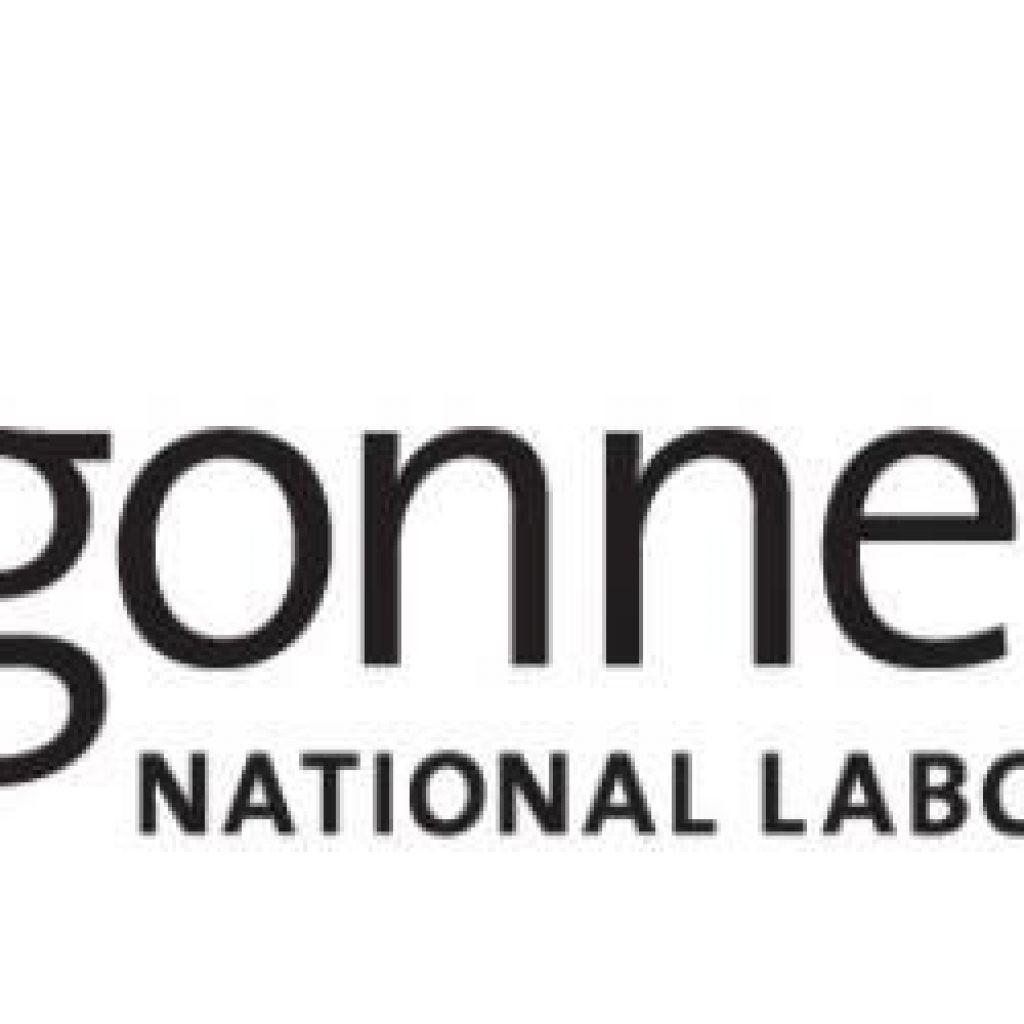(HPC.Wire) Supported by the Argonne Leadership Computing Facility’s (ALCF) Aurora Early Science Program, an Argonne team is performing Quantum Monte Carlo research to help locate a new material that could replace silicon-based semiconductors. ALCF computational scientist Anouar Benali is the Primary Investigator on the project.
Benali explains, “The search for the next semiconductor material will require high-performance computers (HPC) at exascale. Simulations can only be done on very small prototypes of semiconductor materials with current supercomputers. Using an exascale supercomputer, such as the future Aurora system, will allow us to expand simulations of more materials to help find a viable semiconductor material. Our team is also working with ALCF and the Intel Parallel Computing Center in modifying codes to run on the Aurora supercomputer. We have already seen a 20x processing speedup on the ALCF’s Theta supercomputer, which will allow us to run larger and more realistic compounds in our search for a new semiconductor material.”
What is Quantum Monte Carlo?
The Quantum Monte Carlo (QMC) calculation is a quantum calculation that provides some of the most accurate solutions to quantum mechanical problems. QMC provides theoretical predictions for many problems at the forefront of research—from materials science to complex biological systems. The main power of the QMC method is that instead of trying to solve analytically the Schrödinger equation, describing and predicting all interactions in nature, QMC generates millions of random solutions. QMC then accepts all the solutions that solve the equation or rejects all the ones that don’t to save research time and improve prediction accuracy.
Predicting the properties of materials, or designing materials based on desired properties, is one of the most important goals of material science simulations. Benali states, “Most of the phenomena driving these properties occur at very small scales that are ruled by the laws of quantum mechanics.” For example, knowing if a material will be a good semiconductor or fine tuning the composition of a material to generate the perfect semiconductor requires solving the many-body problem of interacting particles in a quantum system. Researchers often use density functional theory (DFT) equations for organic molecules to determine the properties of a many-electron system. DFT simulations are less computationally expensive than QMC, but the predictions are not as accurate.
